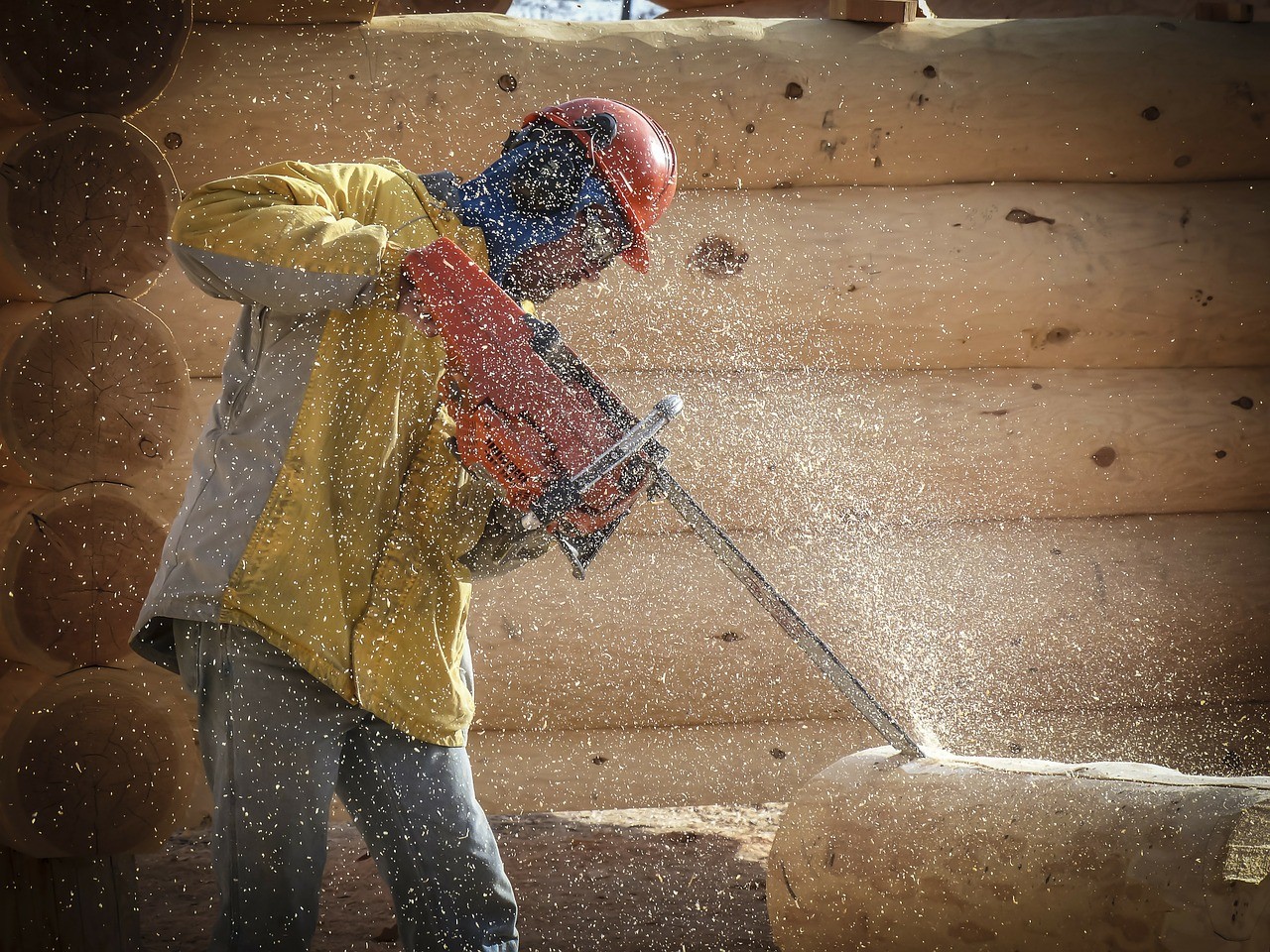
The Convention on International Trade in Endangered Species (CITES) recently made changes on international restrictions on trade in plants and wildlife. Among the changes related to tropical timber is to include the slow-growing Mukula tree (scientifically known as Pterocarpus tinctorius), a type of rosewood of Southern and Eastern Africa in its Appendix II list of species. This change will take effect from November 2019.
Mukula is a rare, delicate and slow-growing timber species that grows in the Miombo Woodlands of Africa, a unique ecosystem of scrub and savanna south of the Congo Basin. Mukula is the local name for rosewood harvested in the following countries – Angola, Burundi, the DRC, Malawi, Mozambique, and Tanzania. Timber traders often referred the timber extracted from Mukula as ‘rosewood’. According to Greenpeace, massive corruption and high demand in the Chinese furniture industry are driving illegal Mukula logging in southern Democratic Republic of Congo (DRC) and Zambia.
Mukula was brought to the attention of CITES as the volumes harvested and traded increased annually in Zambia despite government seizures in 2015. When the listing of Mukula logs in CITES Appendix II comes into effect on November 2019, the decision doesn’t ban the trade of Mukula but it is aimed at increasing levels of monitoring where all countries exporting Mukula must conduct “Non-Detriment Findings”. This decision is to ensure sustainability, legality and the ability to trace the wood.
Demand for rosewood in China
Rosewood, also known as hong mu in Chinese (literally translated as red wood) refers to a range of richly hued durable tropical hardwoods that are red in colour widely used in furniture processing in China.
According to this article titled “Cycles of Destruction: Unsustainability, Illegality, and Violence in the Hongmu Trade”, the demand for rosewood in China has grown rapidly since 2000 due to China’s growing middle class and as a result, the sector reached industrial scales.
Although Mukula is not labelled as rosewood in Chinese Rosewood National Standard, timber traders and consumers still demand it for its colour and strength. Chinese Rosewood National Standard identified 33 rosewood species from Pterocarpus, Dalbergia, Millettia, Cassia and Diospyros. Currently, only eight are listed in the CITES Appendices which are Dalbergia cochinchinensis, Dalbergia granadillo, Dalbergia nigro, Dalbergia louvelii, Dalbergia retusa, Dalbergia stevensonii, Pterocarpus erinaceus, and Pterocarpus santalinus.
Let’s take a look at the demand for rosewood in this Asian country:
- China imported an average of 350 rosewood logs per hour in the first half of 2016
- China recorded a 700 percent increase in the import of African rosewood logs and sawn wood since 2010
- Rosewood log imports into China have soared by 1,300 percent from 2009 to 2014
- As of 2016, there are 30,000 companies in China’s rosewood industry, generating retail revenues of more than US$25 billion





